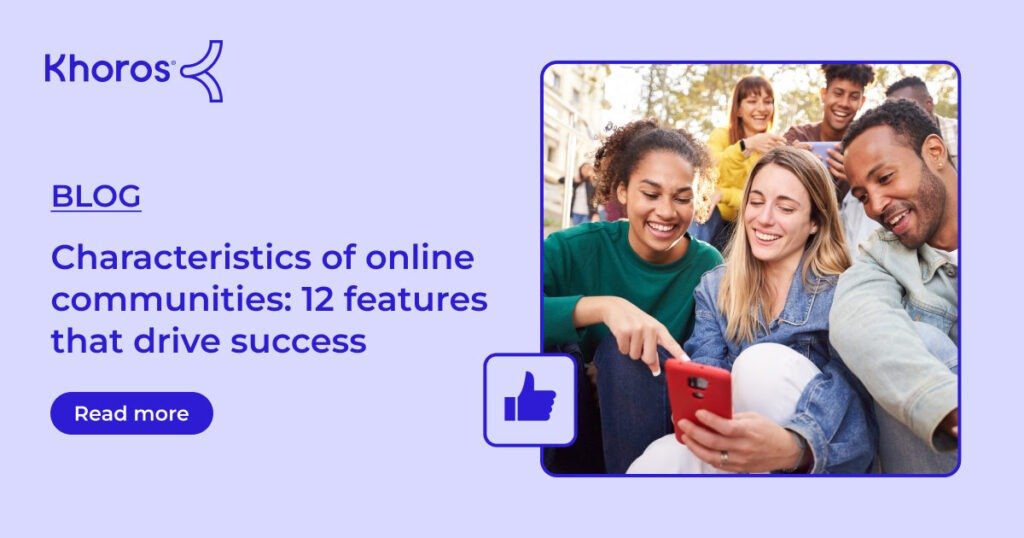
Establishing a social media community can be a powerful way to reach out and interact with your target audience and discover brand ambassadors. But where should you begin?
Each platform offers its own distinct ecosystem and audience behaviors, so it is vitally important to acknowledge these variations when creating content and engagement strategies for any platform.
1. Engage with your audience
Engaging your target audience via social media platforms is easy and fun! From engaging conversations with followers about specific comments or questions to soliciting feedback and sharing company news and updates. Plus you can post pictures from team activities like office parties or luncheons so your followers get a sense of what it’s like working for your brand.
Utilizing social channels to build an online community of supporters is an invaluable way to expand your business. Your target audience will remain more loyal if they feel connected and engaged with it.
Companies employ various strategies to cultivate community engagement, including user-generated content, dedicated platforms, exclusive benefits, interactive challenges and responsive customer engagement. Starbucks has successfully built a large and engaging community through strategies like segmentation, behind-the-scenes content curation and engaging competitions.
Raising audience engagement to a higher level involves being active across all of your social channels, consistently posting relevant content and responding to followers. Furthermore, encouraging followers to follow other accounts on those channels can help build goodwill amongst the community and increase brand loyalty. Incorporating GIFs, emojis and colloquial terms into posts shows you are part of their community, making them feel valued and important by you.
2. Create a community around your content
Brands must focus on providing value to their audience if they wish to foster its loyalty, including providing engaging, relevant content that fits with their interests and needs. It also means creating a sense of community around their brand that encourages engagement between members as well as with other brands, while listening and responding to audience feedback.
Social media platforms are an excellent tool for building communities as they allow brands to interact directly with their audience in real-time and provide various tools that enable this. Each platform has its own distinct community-building characteristics – for instance Instagram communities often form around aesthetics or lifestyle choices while LinkedIn communities tend to revolve around professional interests. Twitter communities tend to form around hashtags and influencers while Reddit (formerly X) lends itself more towards topical discussions and customer service interactions.
Establish a consistent posting schedule when building a community on any platform. This demonstrates your reliability and fosters affinity towards your brand, creating trust. Adding relatable posts with colloquial language or using emojis makes them even more relatable for your audience, while offering special promotions can make followers feel appreciated and strengthen loyalty for your brand.
3. Listen to your audience
Establishing and nurturing a thriving social media community can strengthen your brand, improve customer service and foster loyalty among your target customers. However, building and cultivating one isn’t easy and takes extensive hard work and attention; therefore it is vitally important that the appropriate tools be available.
One effective way of understanding your audience is through social media monitoring. Unfortunately, this process can be time-consuming and requires a reliable third-party tool capable of monitoring multiple accounts simultaneously – this way you can spot trends or patterns which could be impacting perception of your brand among your followers.
Listening to your audience gives you an in-depth look into what they desire. For instance, if you run a skincare company and notice that many customers are complaining of dry skin conditions, that could be an indicator that it’s time for new product launch or improvements in customer service.
Social listening can also help you stay ahead of industry trends. By monitoring relevant hashtags and discussions, social listening allows you to catch industry developments early and create a competitive advantage before your competitors do.
4. Measure your success
Attribute success accurately when reporting success by setting key performance indicators (KPIs). Track them over time to gain an idea of your campaign’s effectiveness and ways it could improve over time. When setting KPIs based on original goals for social media marketing – for instance if increasing brand recognition or driving more website traffic are your goals then metrics like reach, impressions or click-through rates might be most suitable; otherwise focus on metrics such as click-through rates or conversions instead.
Use Dash Hudson as part of your community management strategy and you’ll quickly and accurately analyze and report on all the data collected from social media campaigns.
Social media communities provide brands with an excellent way to engage their target audience and develop long-term customer loyalty. By taking advantage of best practices for community building, companies can build vibrant and engaged online communities that support their business and grow alongside it. Successful community strategies include segmentation, user-generated content platforms, dedicated platforms with exclusive benefits and interactive challenges – creating a sense of belonging while offering value and encouraging active participation is key in creating vibrant and engaged online communities that support your brand as it expands.

